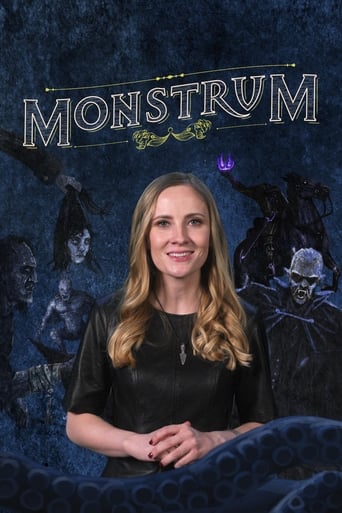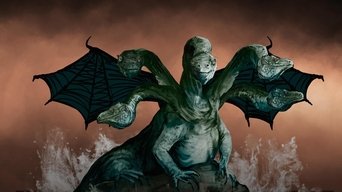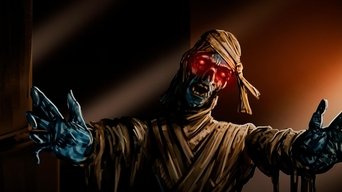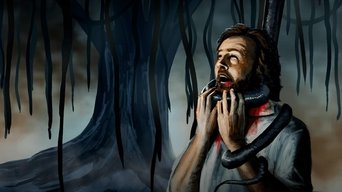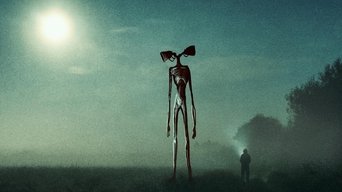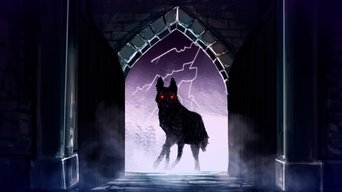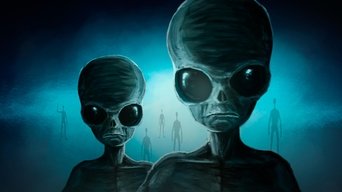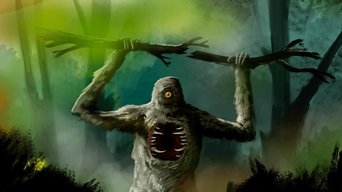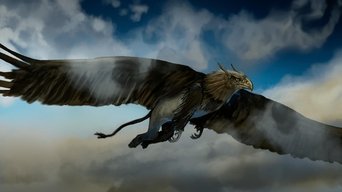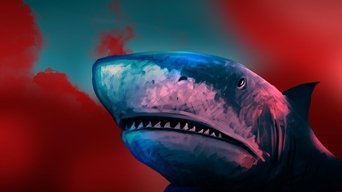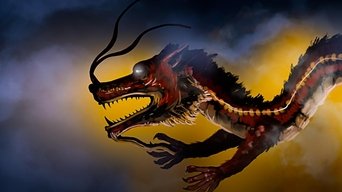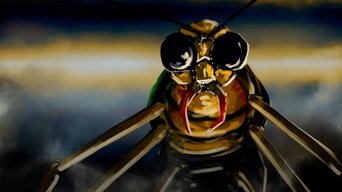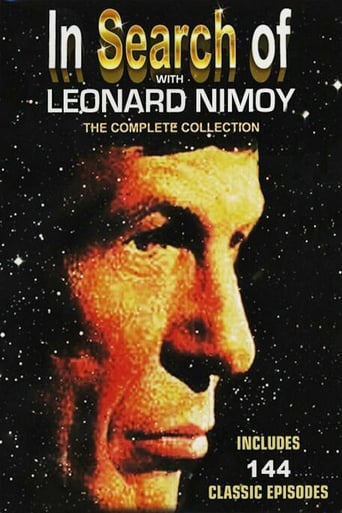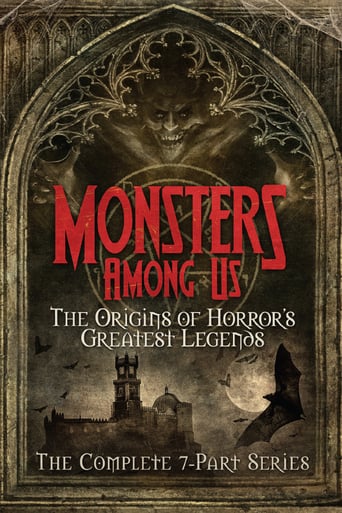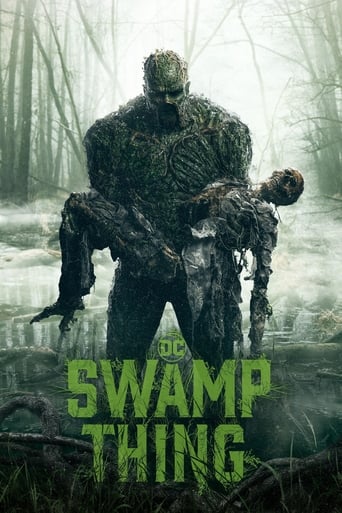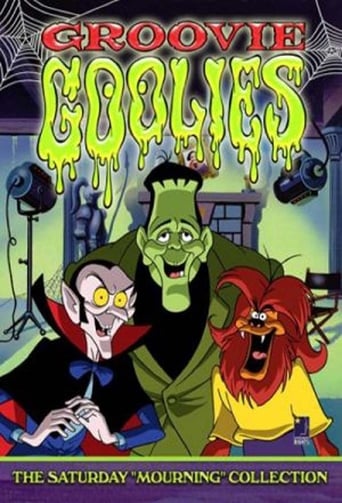Monstrum Season 4

The world is full of monsters, myths, and legends and Monstrum isn’t afraid to take a closer look. The show, hosted by Emily Zarka, Ph.D., takes us on a journey to discover a new monster for each new episode. Monstrum looks at humans unique drive to create and shape monster mythology through oral storytelling, literature and film.
Watch NowWith 30 Day Free Trial!
Monstrum
2018
The world is full of monsters, myths, and legends and Monstrum isn’t afraid to take a closer look. The show, hosted by Emily Zarka, Ph.D., takes us on a journey to discover a new monster for each new episode. Monstrum looks at humans unique drive to create and shape monster mythology through oral storytelling, literature and film.
Watch Trailer
With 30 Day Free Trial!
Monstrum Season 4 Full Episode Guide
Across multiple mythologies, the term “mother of monsters” is used frequently on the likes of women such as Echidna, Lamia, and Angrboda. But in Mesopotamian mythology, the mother of monsters is Tiamat, who’s less of a woman, and more of an ocean, specifically, the source of all salt water. She also happens to be the mother of a lot of gods, which doesn’t do her any favors when the family reunion turns very violent.
Mummification was a sacred, transformative practice in Ancient Egypt - a ritual process that made one’s body and soul fit for existence in the afterlife. It begs the question: when and why did the Mummy become the popular movie monster that we are so familiar with today?
Some monsters call to mind very specific images. Their iconic on-screen personas overshadow their earlier histories. I’m talking about: Frankenstein and his Creature, Dracula, the Invisible Man, the Wolf Man, the Mummy. Why is this? Universal Pictures. These famous Monster faces inspired decades of Halloween costumes, and make up a distinctive brand of horror that defined early Hollywood cinema.
A malevolent spirit lurks in the shadows of forests and the darkest mountains of the Philippines. Capable of adopting physical form, the most terrifying of which being a massive half-human, half-horse hybrid, the Filipino Tikbálang thrives on chaos.
For millennia humans have turned to plants to heal the sick and wounded, to ward against evil, and grant magical powers. But what happens when plants themselves become conscious, and turn killers?
Lumbering through the countryside blasting its eerie messages from metal speakers perched atop a forty-foot wooden humanoid frame, Siren Head is a prime example of modern folklore born on the internet. Featuring insights from Siren Head's original creator Trevor Henderson, this episode looks at how social media contributes to horror in the 21st century.
Hellhounds, the fearsome canine beasts of the underworld who often serve as guardians to the very gates of hell, pop up in a wide variety of cultural folklore throughout history. They're also fairly commonplace in the stories we tell in modern times (think Cujo, Ghostbusters, The Omen). Why is that? What can these legendary hounds teach us about the history of humanity’s relationship with dogs.
Grey Aliens, sometimes called Zeta Reticulans, Roswell Greys, or just Grays, are defined by their humanoid forms, long limbs, large black eyes, small noses, thin mouths, and of course, gray skin or gray clothing. They are some of pop culture’s most recognizable representations of extraterrestrial life. But where did this depiction of extraterrestrials come from?
Deep within the Amazon rainforest lurks a mysterious creature called the Mapinguari. Notoriously elusive, this cave-dwelling giant leaves a trail of broken trees and trampled ferns in its wake. Massive, hairy, and pungent, this beast protects the South American jungle from human threats.
The Griffin is a half-lion, half-eagle creature that is commonly seen adorning royal crests and perched menacingly atop buildings. Why is this ancient creature that many of us see every day largely forgotten?
Despite the extreme rarity of attacks on humans, Sharks have become perhaps the most widely feared animals on the planet. How did this happen? They're not naturally aggressive towards humans and kill fewer people each year than falling coconuts. So what gives?
The Chinese dragon is one of the world’s most globally recognized monsters. Playing a major role throughout Chinese history, they were both creators and destroyers and controlled the elements. They've influenced everything from politics to religion—what is it about the Chinese Dragon that makes it such a central figure in Chinese culture?
For many of us, the firefly is a mystical, enchanting creature of the twilight. To the people of some West-African cultures, however, the firefly brings to mind a malevolent, shapeshifting, blood-sucking monster of lore: the Adze.
The fairies of Celtic traditions trace their origin back to an ancient race of otherworldly royalty - the Tuatha Dé Danann. As fairy nobility, the Tuatha Dé Danann were alternatively seen as gods, monsters, demons, and even the real ancient inhabitants of Ireland. But where do the Tuatha Dé Danann come from, and how did they become the ancestors of Ireland’s fairies? The world is full of monsters, myths, and legends and Monstrum isn’t afraid to take a closer look. The show, hosted by Emily Zarka, Ph.D., takes us on a journey to discover a new monster in each new episode. Monstrum looks at humans' unique drive to create and shape monster mythology through oral storytelling, literature, and film and digs deep into the history of those mythologies.
Free Trial Channels
Seasons


